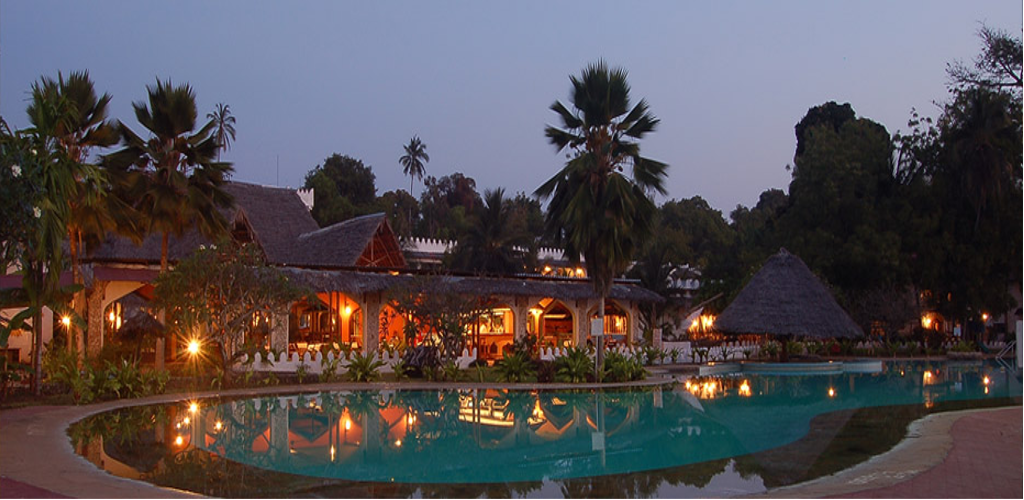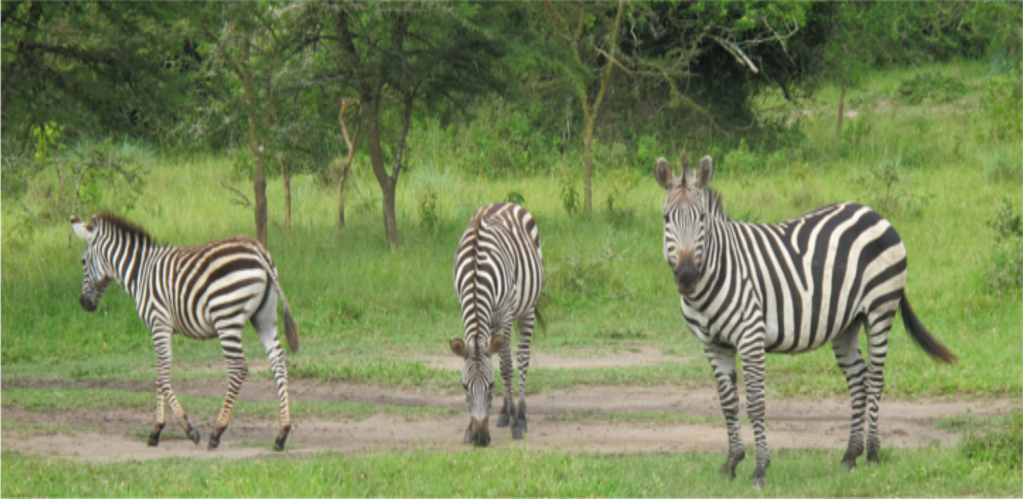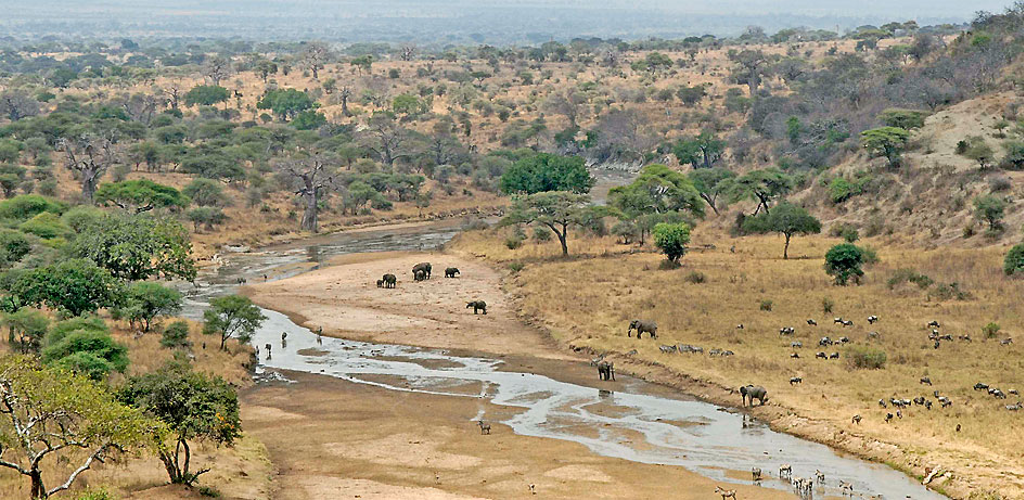Rwanda Gorilla Trekking - Information and guidelines
General Info on Rwanda Gorilla trekking
Mountain Gorillas live at high altitude in Volcanoes National Park. There are currently ten habituated gorilla families. A maximum of eight visitors per day can visit each family and viewing time is limited to maximum one hour. Gorilla trekking involves walking long distances through thick vegetation, up steep, wet and muddy terrain. This may cause difficulties for some visitors. We recommend you pace yourself; walk slowly and drink plenty of water. No one should feel deterred from making this trip. Children under 15 yrs of age are not allowed on gorilla treks.
For many years these groups have undergone an extremely delicate process that has gradually made them accustomed to the presence of humans and has allowed a few privileged visitors to interact with them briefly in the wild. However, the gorillas are by no means tame. They are completely wild animals, which even now tolerate human presence for an hour a day at most. Experienced guides will accompany you on your gorilla tracking, many of these guides have been involved in the habituation process themselves. These guides will brief you in detail on your arrival on the various aspects of 'gorilla etiquette', but the information contained here will help ensure you are well prepared and ready to enjoy this unique opportunity to the fullest.
Visitors may track for as many days as they like, provided they purchase the required gorilla permit for each day. The gorilla permits are in extremely short supply and are often booked up as early as 18 months in advance. Only persons over the age of 15 are allowed to track the gorillas.
Gorilla Permit cost: The cost for one permit in Rwanda is US$1500.
Gorilla tracking is a year-round activity, with no season as such. The forest is moist and it rains quite often in Volcanoes National Park, even in the dry season. Gorilla trekking commences every morning from the park headquarters at 8:30 AM. There is a daily maximum of eight visitors to each gorilla group and each gorilla group is accompanied by a guide and by porters who will carry your shoulder pack for you. The gorillas may cover large distances overnight and they are never constantly in one area.
The conditions of Gorilla trekking differ a lot and determined by the location of the gorillas, so the exact level of difficulty for a specific trek is impossible to define in advance. However, at the time of assignment to a gorilla group at the Park HQ, you will be asked if you would like an "easy" trek or a "more challenging" trek, so if you are not sure, make sure to get onto a shorter gorilla trek.
During your search for the gorillas, it is possible to come accross the gorillas quite quickly and be back at your lodge early but it is also possible that you will have to hike for three or four hours or longer each way before you see the gorillas and return to your accommodation just before dark. It is therefore advisable that you carry with you your picnic lunch, some snacks and ofcourse drinking water. Because it is impossible to predict the length and difficulty of any single gorilla tracking excursion, gorilla tracking should not be attempted by anyone who is not in fairly good physical condition.
Because of the climbing and bending required as you make your way through the thick foliage, gorilla trekking should not be attempted by anyone who has any kind of heart or back problem. Only those who are confident that they are capable of walking at high altitudes over slippery, muddy terrain should attempt gorilla trekking.
Gorilla trekking also involves scrambling through, over, and under dense undergrowth with nettles, barbed vines, and bamboo thickets. Correct footwear and clothing are essential (see our clothing recommendations in the next section below). It is recommended that you build up the strength and endurance of your leg muscles by walking, stair climbing, bicycling, doing knee bends, and similar exercises before you leave home. This should always be done under the supervision of your doctor
Remember, the slopes are steep (often steeper than a flight of stairs) and covered in dense vegetation. Furthermore, the high altitudes of 5,200 feet and more means you will have to work a bit harder than at home if you are living at lower altitudes. This all said, the group will make frequent rest stops along the way to make sure everyone has ample time to rest and catch their breath along the way. You will also have the use of walking sticks which are provided.
Once the gorillas are located, your group will be allowed a maximum of one hour with them. After this, you will return to the park headquarters and your boked accommodation..





